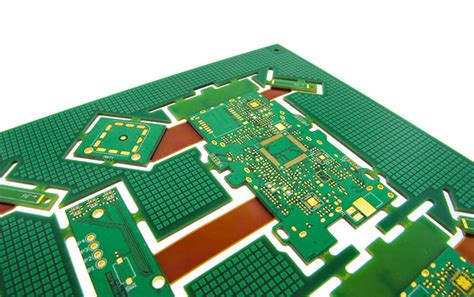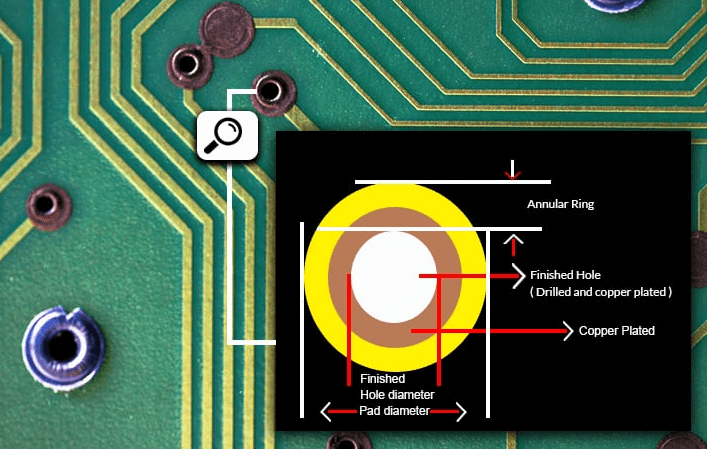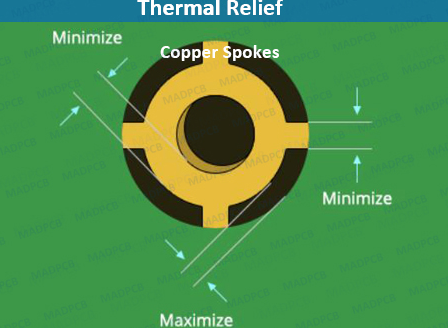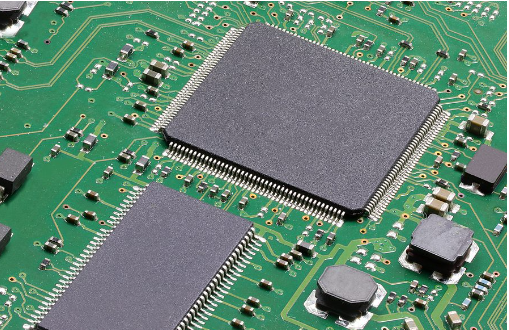Designing Advanced Circuits with Flexible PCB Technology
Key Takeaways
Exploring flexible PCB technology enables you to tap into innovative techniques that significantly enhance circuit design. As you venture into the realm of advanced circuits, it’s crucial to recognize how flex PCBs not only improve performance but also contribute to reducing size, a vital factor in today’s compact electronic devices. PCB manufacturing is evolving, becoming more efficient and cost-effective. By partnering with reputable pcb manufacturing companies, you gain access to advanced technologies that streamline the design and production process. These advancements can vastly impact the pcb manufacturing cost, making high-quality flexible circuits more accessible than ever before. Delving into modern practices in the pcb manufacturing business, you’ll discover how the integration of flexible circuits can address complex electronic demands across various applications, from consumer electronics to aerospace solutions. Thus, staying informed about these trends will better equip you for success in designing future-ready circuits.
Introduction to Flexible PCB Technology
Flexible PCB technology has revolutionized the way you design and implement electronic circuits, allowing for greater versatility and adaptability in various applications. Unlike traditional rigid circuit boards, flex PCBs offer the unique ability to bend and conform to tight spaces, significantly enhancing their usability in compact devices. This technology is not just about flexibility; it opens up avenues for improving overall performance while minimizing the pcb manufacturing cost. As you explore this dynamic domain, it is essential to recognize that many pcb manufacturing companies are focusing on reducing size without sacrificing quality or functionality. This advancement translates into streamlined designs that meet the complex demands of modern electronics.
“Adaptability in circuit design can lead to significant advancements in product innovation.”
In your journey through flexible circuit design, knowing some innovative techniques will be beneficial, especially when you consider how flexible PCBs can facilitate intricate layouts and high-density interconnections. Moreover, understanding the nuances of selective pcb manufacturing methods ensures that you remain competitive in a rapidly evolving market. To ultimately thrive in this environment, the integration of flexible circuit solutions could pave the way for successful outcomes within your pcb manufacturing business.
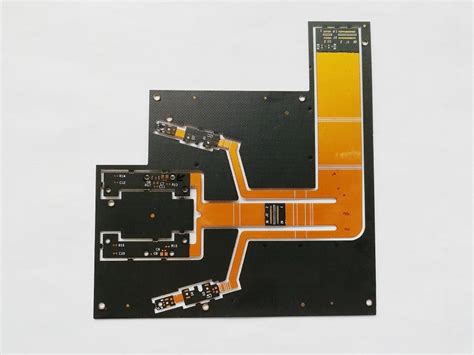
Advantages of Flex PCBs in Advanced Circuit Design
When it comes to advanced circuit design, utilizing flexible PCBs presents numerous advantages that can significantly enhance your projects. Firstly, flexibility is key; these circuits can be bent and shaped to fit into compact spaces, making them ideal for devices where conventional rigid PCBs fall short. This adaptability allows you to reduce size, which is increasingly important in today’s miniaturized electronic devices. Moreover, flex PCBs often achieve greater signal integrity due to their smooth surfaces and reduced layer counts, which can minimize distortion.
One critical aspect closely tied to this technology is the cost efficiency associated with pcb manufacturing. You may find that while initial expenses with specialized pcb manufacturing companies could be higher, the overall lifecycle cost can decrease dramatically due to enhanced durability and reduced assembly time. In terms of your business, embracing flex circuits could streamline production processes and boost your competitive edge, ultimately affecting your bottom line positively.
Furthermore, the use of advanced materials in these designs contributes to improved thermal management, ensuring that devices can operate at optimal performance levels. Flexibility also lends itself well to innovative designs that can adapt over time as technology evolves, simplifying future upgrades or modifications without starting from scratch.
In conclusion, the integration of flex PCBs into advanced circuit design not only caters to the complexities of modern electronics but also opens up avenues for cost-effective solutions in the pcb manufacturing business. This fusion of functionality and innovation positions you at the forefront of technological advancement while addressing current demands effectively.
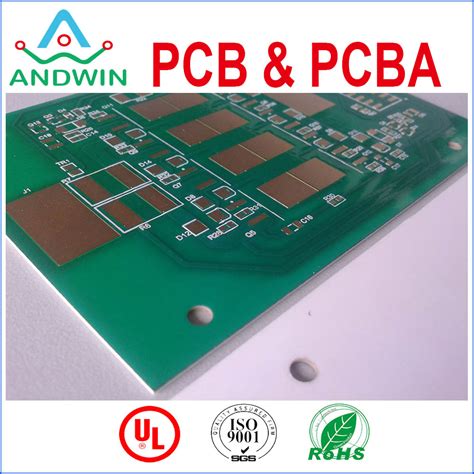
Key Applications of Flexible PCBs in Modern Electronics
Flexible PCBs have become pivotal in a wide array of modern electronic applications due to their unique adaptability and robust performance. In sectors ranging from consumer electronics to aerospace, the versatility of flexible circuit boards allows engineers to create innovative designs that cater to specific requirements. For instance, in the realm of portable devices, the reduction in size and weight afforded by flex PCBs can significantly enhance user experience. This is particularly evident in smartphones, where circuit miniaturization contributes to sleeker designs without compromising functionality.
Moreover, the ability of flexible circuits to conform to complex geometries makes them ideal for wearable technology. The healthcare sector specifically benefits from this adaptability, utilizing flexible PCBs for devices that enable real-time monitoring without the bulk associated with traditional circuit boards. When exploring pcb manufacturing, it is essential to consider how various pcb manufacturing companies are innovating techniques to reduce pcb manufacturing costs while maintaining high quality and performance standards.
In automotive applications, flexible circuits are vital for high-density interconnects within limited space environments, ensuring that vehicles can be equipped with advanced electronic systems. By understanding the diverse applications of flexible PCBs, you can appreciate their role in pushing the boundaries of what modern electronics can achieve while recognizing the importance of efficient pcb manufacturing business practices that support these innovations.
| Application Area | Key Benefits |
|---|---|
| Consumer Electronics | Enhanced portability and design flexibility |
| Wearable Technology | Comfort and real-time monitoring capabilities |
| Automotive | Compact integration of advanced features |
| Aerospace | Lightweight design without sacrificing durability |
Thus, as you navigate through various industries harnessing this technology, it becomes clear that flexible PCBs are not just a trend but an essential component in advancing modern electronics.
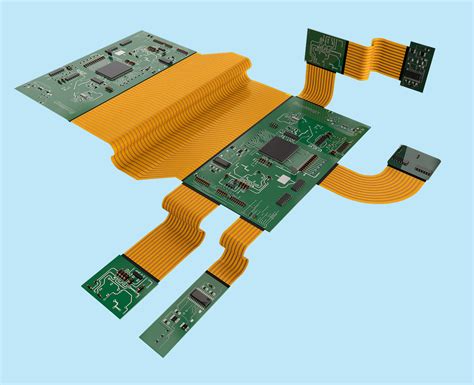
Innovative Techniques for Designing with Flex PCBs
When exploring flexible PCB technology, your approach can significantly influence the success of your design. One innovative technique involves utilizing a combination of advanced circuit design principles with the unique properties of flex PCBs. You can achieve intricate designs that offer superior performance due to their lightweight and compact nature. Engaging with reputable pcb manufacturing companies ensures that your designs are translated accurately into physical products, while also considering the overall pcb manufacturing cost to stay within budget constraints.
Moreover, it’s crucial to leverage software tools that specialize in layout design for flexible circuits, enabling you to visualize and modify your designs efficiently before entering the production phase. This not only optimizes your circuit’s functionality but also aids in reducing waste during fabrication, thus contributing to a more sustainable pcb manufacturing business model.
By incorporating these techniques and staying mindful of industry trends, you can push the boundaries of what’s achievable in modern electronic applications, thereby enhancing overall performance while reducing size effectively with flex circuits.
Overcoming Challenges in Flex PCB Manufacturing
Manufacturing flexible PCBs comes with a unique set of challenges that differ significantly from traditional pcb manufacturing processes. One of the main issues is the handling of materials. Unlike rigid boards, flex PCBs must be handled delicately to prevent damage during manufacturing and assembly. Many pcb manufacturing companies face difficulties regarding maintaining the integrity of these materials while ensuring precise layering and alignment. Moreover, achieving consistency in thickness and electrical performance over flexible substrates adds complexity to the pcb manufacturing cost.
Additionally, the bonding processes used for flex circuits can be less forgiving; any misalignment can lead to failures that are both costly and time-intensive to rectify. It’s crucial for you to consider these factors when evaluating options in the pcb manufacturing business. Innovations in technology have introduced advanced techniques that help mitigate these challenges, but careful planning and selection of materials remain essential to achieving reliable performance while minimizing production risks. Your approach can make a significant difference as you delve deeper into the realm of flexible PCBs, ensuring that you meet both technical specifications and budget constraints effectively.
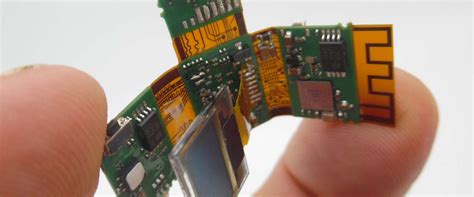
Enhancing Performance and Reducing Size with Flex Circuits
In today’s competitive landscape, leveraging flexible PCB technology allows you to address the demands of modern electronics effectively while optimizing your designs. By employing flex circuits, you can significantly enhance performance, as these structures provide excellent electrical connectivity and can easily navigate complex geometries in confined spaces. Furthermore, the lightweight nature of flexible PCBs facilitates a reduction in overall size, making your device more compact without sacrificing functionality. This is particularly beneficial in applications where space is a premium, such as wearable technology or portable devices.
When considering pcb manufacturing, you should also keep in mind the capabilities of various pcb manufacturing companies that specialize in flex circuits. Their expertise can help lower the pcb manufacturing cost associated with rigid boards while simultaneously increasing reliability and design flexibility. In the realm of your pcb manufacturing business, adopting flexible circuits can set you apart from competitors by offering innovative solutions tailored to meet specific needs. With the right approach and resources, enhancing performance and reducing size through flex circuits becomes not just an advantage but a necessity in today’s electronic designs.
Future Trends in Flexible PCB Technology
As the electronics landscape evolves, flexible PCB technology is poised for significant advancements. You may notice a growing emphasis on sustainability, with many PCB manufacturing companies seeking eco-friendly materials and processes. This shift not only aligns with global trends toward environmental responsibility but also helps to lower PCB manufacturing costs significantly. Additionally, the integration of smart technologies is becoming increasingly vital; engineers are exploring innovative techniques that allow for the embedding of sensors directly within flexible circuits, enhancing functionality while minimizing space requirements. As you navigate the competitive PCB manufacturing business, embracing these trends can lead to improved product designs, making your offerings more appealing in a market where space-saving and efficiency are paramount. Ultimately, staying ahead in your understanding of these developments will enable you to leverage flexible PCBs effectively in upcoming projects and applications, ensuring that you meet both industry demands and consumer expectations.
Best Practices for Implementing Flexible Circuit Solutions
When you embark on the journey of incorporating flexible PCB technology into your designs, understanding the nuances of pcb manufacturing is essential. It’s crucial to collaborate with reputable pcb manufacturing companies to ensure the materials and processes used are optimal for your specific applications. The goal is not just to create advanced circuits, but to do so in a cost-effective manner; thus, familiarity with pcb manufacturing cost can help you manage your budget while achieving high performance. It’s vital to select designs that can leverage the benefits of flexibility, thinness, and lightweight characteristics that come with this technology. Additionally, maintaining close communication with your pcb manufacturing business will ensure that any challenges related to production can be addressed promptly, leading to smoother integration of flexible circuits in your projects. Adopting these practices will ultimately enhance the functionality and reliability of your electronic products while keeping them at the cutting edge.
Conclusion
In the evolving landscape of advanced circuit design, integrating flexible PCB technology offers significant advantages that can’t be overlooked. The ability of flexible printed circuits to enhance performance while simultaneously reducing size plays a crucial role in modern electronics. As you explore the benefits brought by flexible PCBs, consider how pcb manufacturing processes must adapt to support these innovative designs. This includes evaluating pcb manufacturing companies that specialize in producing high-quality flexible circuits at competitive rates, thereby influencing the overall pcb manufacturing cost. By understanding the intricacies of the pcb manufacturing business, you equip yourself with knowledge that empowers you to make informed decisions regarding your projects. Embracing these sophisticated circuits not only meets today’s complex demands but also sets the foundation for future technological advancements.
FAQs
What is flexible PCB technology?
Flexible PCB technology refers to the use of thin, flexible materials to create circuit boards. This allows for lighter, more compact designs that can fit into tight spaces.
How do flexible PCBs enhance performance?
Flexible PCBs can enhance performance by reducing the weight and size of electronic devices. The ability to bend and fit into various shapes allows for more efficient use of space in design.
What are the common advantages of flexible PCBs over rigid ones?
The advantages include flexibility, reduced weight, better thermal performance, and the ability to create complex shapes and multilayer configurations without compromising integrity.
What industries commonly use flex PCBs?
Flex PCBs are widely used in industries such as aerospace, automotive, consumer electronics, medical devices, and telecommunications due to their adaptability and efficiency.
What factors influence pcb manufacturing cost for flexible designs?
Factors influencing pcb manufacturing cost include material selection, design complexity, layer count, and the specific requirements for testing and validation during production.
How can I choose reliable pcb manufacturing companies?
When selecting pcb manufacturing companies, consider their experience in flexible PCB technology, production capabilities, customer reviews, and pricing structures. Ensuring they meet industry standards is also crucial.

